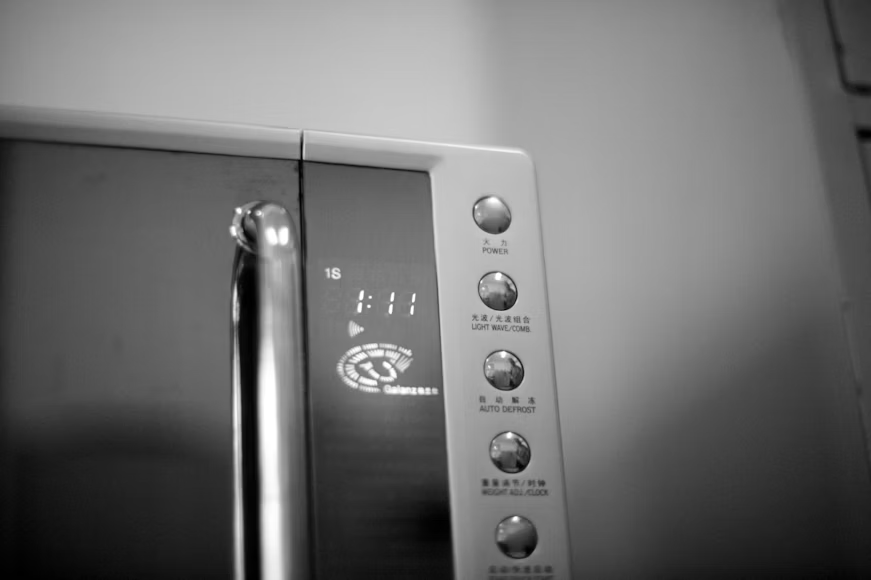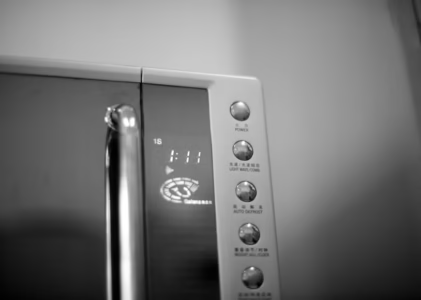PARTS OF A MICROWAVE

- Transformer- Converts the electricity it gets (usually 120 volts) to a higher voltage to power the magnetron, which generates microwaves using electricity.
- This voltage is used to heat up a filament which releases electrons. These high-energy electrons then release microwaves- which are capable of penetrating food, in turn heating it up.
- The microwave, for visibility, is fitted with a metal mesh which is such that we can see what’s cooking inside the microwave. It is large enough for the microwaves to not escape.
- Some microwaves have a turntable as well so that all parts of the delicacy can be heated evenly.
EFFECTS OF A MICROWAVE ON FOOD + SAFETY

Although microwaves help heat up food, they also cause the loss of several vital nutrients from food. The insides of food are heated up to abnormally high temperatures which pose the risk of losing almost all nutrients from food.
One must also be quite careful while heating food in microwaves: there is the risk of superheating food, which may have disastrous consequences if human contact takes place. Quite a few liquids may show no signs of boiling while in a microwave, and once disturbed slightly, the boiling might take place suddenly, causing great heat to be released and hence burns.


